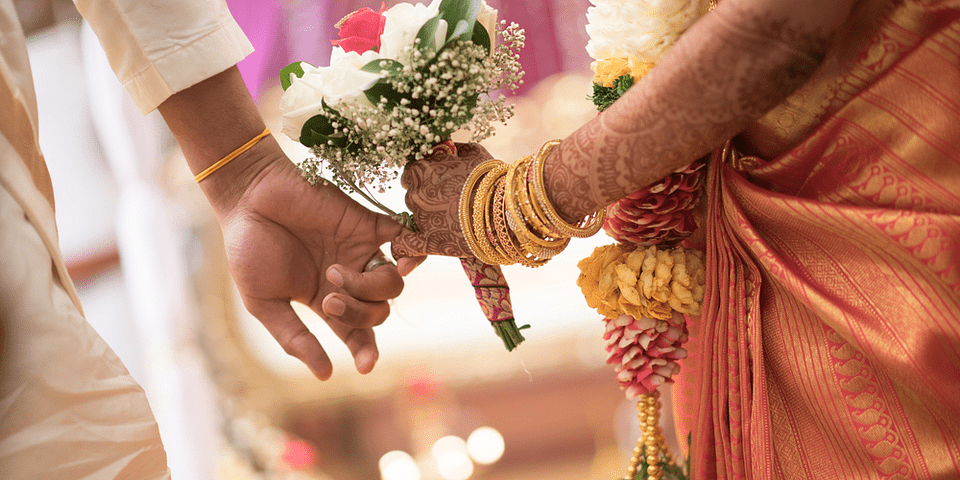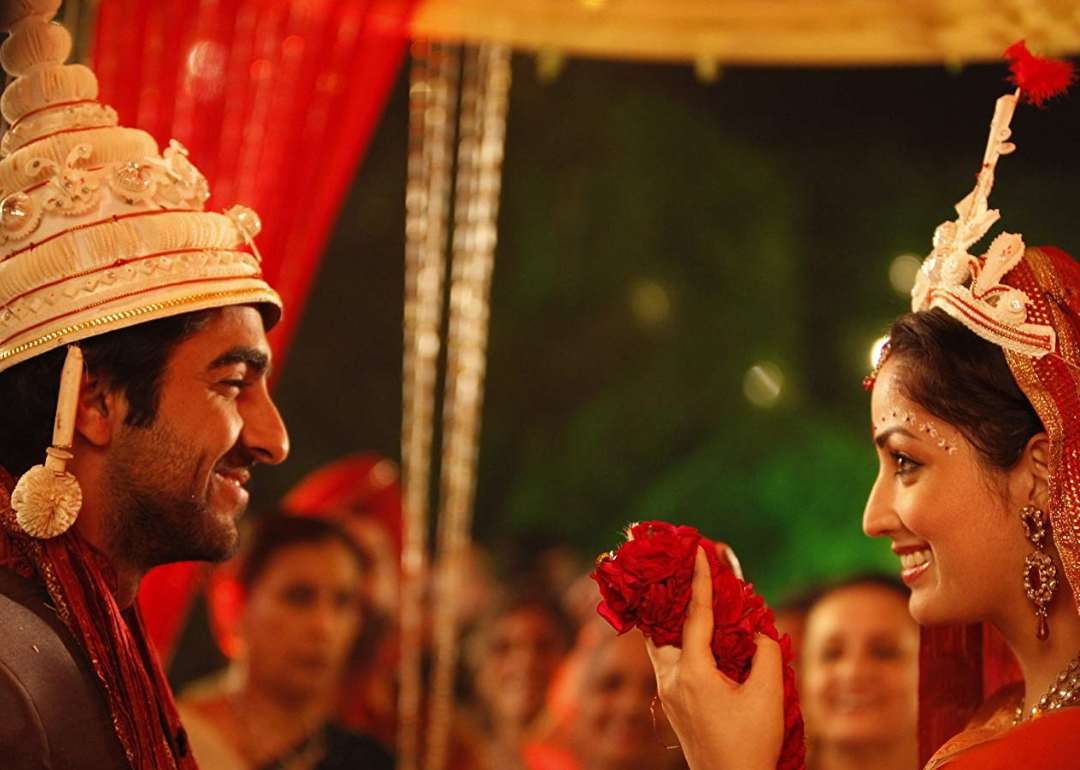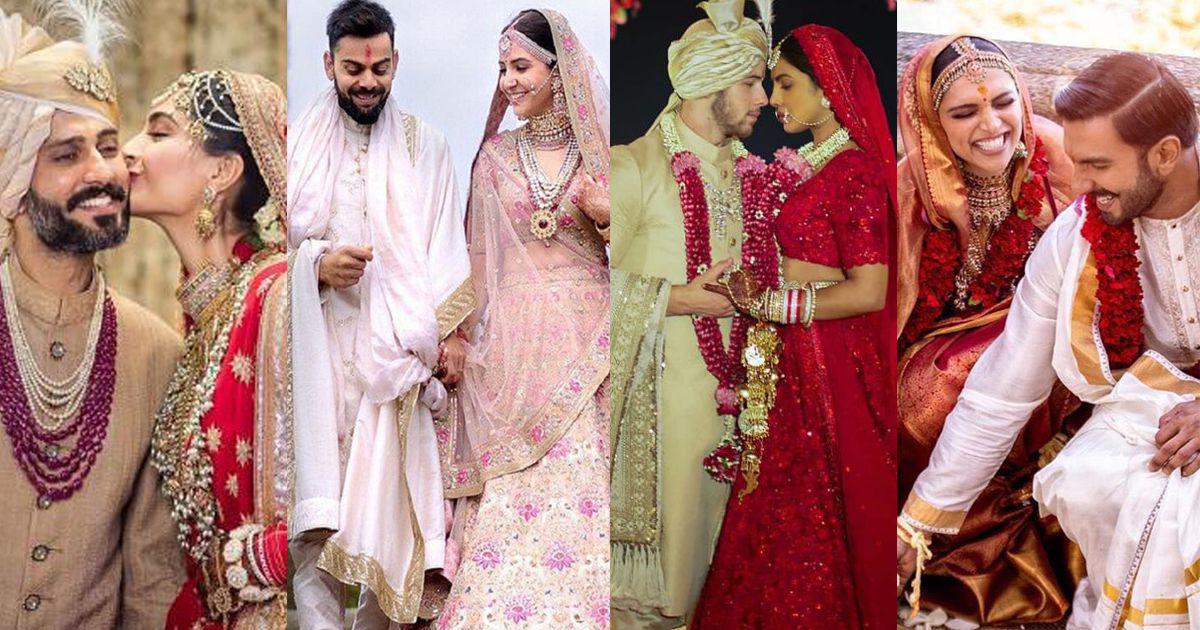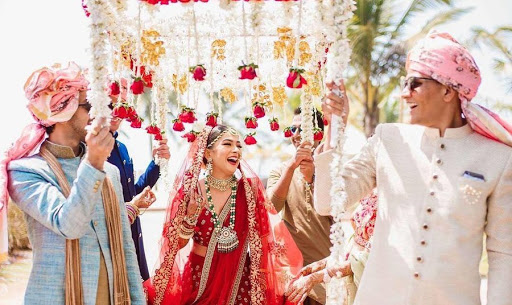The Marriage of Cultures

Living in a country like India, we proudly propound our land as that of rich culture, where people of various different ethnographies live somewhat in harmony. Yet, how often do we truly scrutinize the cultural richness that we flaunt? How many of us consider that the customs and traditions that we associate with certain cultures could be a result of inter-cultural influences? Most people experience their culture and traditions evolving rapidly over the years, but remain oblivious of it. A great example of this would be Indian wedding traditions, that I, personally have always been intrigued by.
Wedding traditions across cultures indubitably have quite a lot of similarities and generic rituals such as an engagement, the seven rounds around a sacred fire in most Hindu marriages, and the concept of a procession of the groom’s family to the bride’s home, or as is the case with most modern-day weddings, to the venue of the ceremony. Even though these rituals may be named very differently in different cultures and languages, their essence remains the same- for instance, Sagaai amongst most North Indian Hindus, Mangni in Punjabi and Muslim cultures, Sakhar Puda in Marathi culture, Nichayathartham amongst the Chettiars of Tamil Nadu, are all essentially what the Christians call an Engagement or Ring Ceremony.
Such similarities, however seem to have been passed down from one generation to the next with almost no variations since ancient times- the spiritually potent but regressive Rigvedic mantras, for instance are still chanted by priests during Hindu weddings. Yet, the inter-culture unification, diversification, emulation and resulting evolution is probably the most interesting aspect of it all.

The culture and clan that we are born into involuntarily becomes our first sense of identity in a society that inclines towards the formation and conscientious observation of organizational structures in order to establish some sort of kinship. The rituals and traditions that exist as a direct result of such social constructs are widely regarded as being endemic. Going off of that common notion, one train of thought lead me to suppose that such traditions, rituals and heritage would be highly prized and guarded by individuals or groups, and reasonably so- these are, after all, some of the factors that would create a unique social identity for every community.
Yet, an observation of modern trends in urban Indian wedding ceremonies suggests that rituals and traditions can very well be dynamic and personalized, rather than being rigid sets of instructions under absolute ideological frameworks. Such dynamism can be considered an embodiment of diversification in terms of conventional concepts and gradual cultural convergence in India. Changed mindsets as a result of education and cross-cultural acceptance has increasingly liberated people from cultural barriers in marriages, and enabled them to borrow and eliminate elements as they please.
A great example of this is the predominance and large-scale influence of Punjabi culture on almost all other social and religious communities in India, which does not come as a huge surprise.

Although undoubtedly glorified by Bollywood and Indian pop-culture, the vibrancy, extravagance and zest of Punjab is understandably appealing across regions. Hence, taking heavy inspirations from it, especially for wedding preparations has become the norm, but is certainly not a new phenomenon- for instance, rituals like Roka, Sangeet and Joota Chhupai originate from Punjabi marriage customs, but have been deeply ingrained into other communities’ traditions over the years. To talk about fairly recent emulations, a lot of people these days plan their wedding ceremonies spanning over 5-6 days in typical Punjabi fashion- having an extremely precious event of their lives last longer, especially with more disposable incomes is understandably exciting. The kind of decoration of the wedding venues have also been modified and elements from Punjabi cultures are borrowed, like the vibrant and exuberant red, golden, pink, orange and yellow hues, and ornate floral decorations.
The blurring boundaries between cultures and traditions seem to be most evident on dinnerware. Extravagant buffets in North Indian weddings have a delectable spread of various cuisines, fish being a new favourite, originally an Eastern wedding staple. Punjabi butter chicken and naan have found their way into the flavours of Bengal, and chaat can be found in South Indian weddings. The menus no longer strictly abide by conventional recommendations, but do still include customary foods like the specific selection of sweet batashe, besan laddu and savoury pakwaan to be offered to the baraatis of the Mathur clan, kokum sherbet and shrikhand in Marathi weddings, and gahorir manso and khorisa in Assamese weddings.
Sangeet evenings are also now heavily influenced by Bollywood, and ultimately Punjabi songs and dances. As opposed to the current permeation of Bollywood into our weddings, a typical wedding in the Mathur community for instance, had a Sangeet ceremony that comprised of the ladies singing folk melodies following a certain format and tune, but improvising the lyrics as they go, which used to be a very humorous experience.

Apart from the day of the Sangeet, music has now become a part of other ceremonies as well- many Indian brides seem to be charmed with the idea of making a dramatic and flamboyant entrance on their wedding day to the beat of peppy songs like ‘Kala Chashma’ and ‘Wakhra Swag’, or slow romantic songs like ‘Din Shagna Da’ or ‘Tum Tak’ that are bound to bring tears to the eyes of the lucky men, and everyone else witnessing the special moment. Although Anushka Sharma could be given credit for propagating that idea, but its essence still lies in the desire to be expressive of the emotions the couple would feel in the moment, sharing them with their loved ones and making the experience wholesome and memorable for everyone. Also, they make for undeniably great moments for photographers and videographers to capture for obligatory social media content.
Many brides, keeping their social handles in mind, are replacing heavy, heritage jewelry with contemporary pieces, ditching the ritual of wearing sarees to functions- the auspicious red and green Mathur chunaris for example, and are instead resorting to beautifully embellished Punjabi-origin festive wear like salwar kameez, lehengas or gowns in reds and goldens, or pastel blues, pinks, greens and yellows. The red and white chooda and golden kaleede tied to it on both wrists are another typical Punjabi tradition that has been adopted by brides across cultures, simply because they look beautiful and seem to ‘complete the look’. Even though such trends are also largely popularized by celebrities and wedding couture, the need to express oneself, the ability to identify what they would look best in and plan looks in accordance with ceremonies and themes for the best possible visual aesthetic are the fundamental ideas behind it all.
Does this mean that we are primarily concerned with how things look rather than focusing on what they mean socially or spiritually? Are the youth collectively turning away from their roots? Is this cultural convergence diminishing the diversity and relevance of unique communities?
In my opinion, the answer to all those questions would be- no.
There is a fine line between blindly emulating customs and mindfully embracing them- and the youth of today certainly seem to know what they are doing, understanding the significance of every facet. They aim to give equal importance to the beliefs of their community and the expression of the individual self. The personalization of wedding rituals, as trivial as it may sound at first, can prove to socially be a huge step forward. It highlights that the youth of our country wish to scrutinize, review and question age-old customs, and hence modify ‘rules’ that should no longer be relevant or acceptable in society.
Getting rid of toxicity, discrimination and patriarchy disguised as traditions and culture is the right thing to do, and is in no way diminishing communities, but strengthening them instead. The convergence of cultures and blurred boundaries in social customs and traditions should therefore be seen as indisputable signs of an evolving society of individuals that are open minded, accepting of each other’s differences and able to celebrate them.
- Written as part of a project for Fashion Journalism and New Media Content (Major, Semester 5), NIFT Kolkata
Post a comment